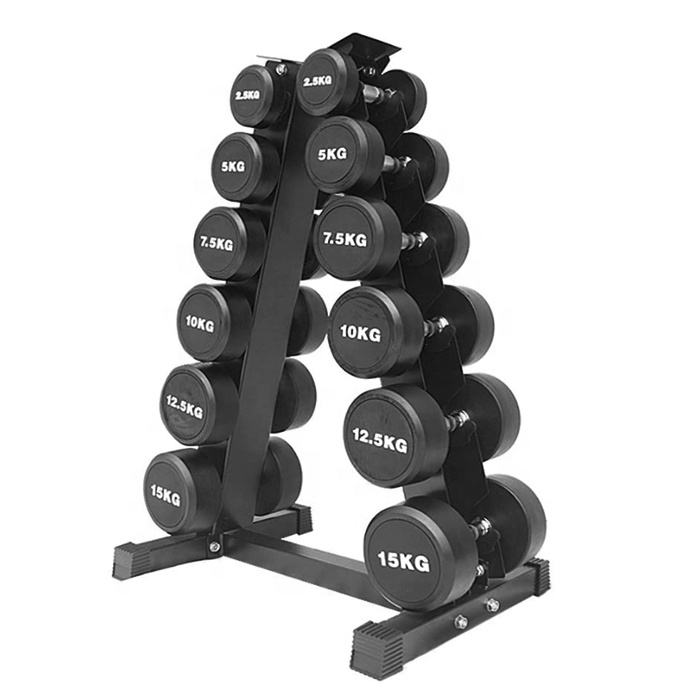Dumbbell Kg or Lbs
Dumbbells can be measured in either kilograms (kg) or pounds (lbs), and it’s important to check the markings on the dumbbells or use a scale to confirm the unit of measurement. In the United States, pounds are more commonly used, while kilograms are more common in other parts of the world.
We Offer Special Pricing for Bulk Orders and Custom Requests. Contact Us to Get Your Personalized Quote!

Get a Free Quote
Get Latest Price, Stock
For beginners, starting with 5-10 lbs (2.3-4.5 kg) is a good general guideline, while intermediate lifters might progress to 10-20 lbs (4.5-9 kg), and advanced lifters to 20-30 lbs (9-13.6 kg). The choice of units (kg or lbs) is largely a matter of personal preference and what is readily available in your gym or home.
Dumbbell Weight Guidelines
• Beginner: 5-10 lbs (2.3-4.5 kg)
• Intermediate: 10-20 lbs (4.5-9 kg)
• Advanced: 20-30 lbs (9-13.6 kg)
Determining the weight unit
• Look for markings: Most dumbbells have their weight clearly labeled on the ends or sides, either in pounds (lbs) or kilograms (kg).
• Use a scale: If the weight is not labeled or you want to verify it, you can use a scale to measure the weight.
• Contact the manufacturer or retailer: If you’re unsure about the weight unit, you can contact the manufacturer or retailer for clarification.
Choosing the Right Weight
• Start Light: Beginners should focus on proper form and technique before adding weight.
• Progress Gradually: As you get stronger, you can gradually increase the weight you lift.
• Listen to Your Body: Pay attention to how you feel during your workouts and adjust the weight accordingly.
• Consider Your Goals: Different goals (strength, endurance, toning) may require different weight ranges.
• Consult with a Professional: If you’re unsure about which weight to use, it’s always a good idea to consult with a personal trainer or other fitness professional.